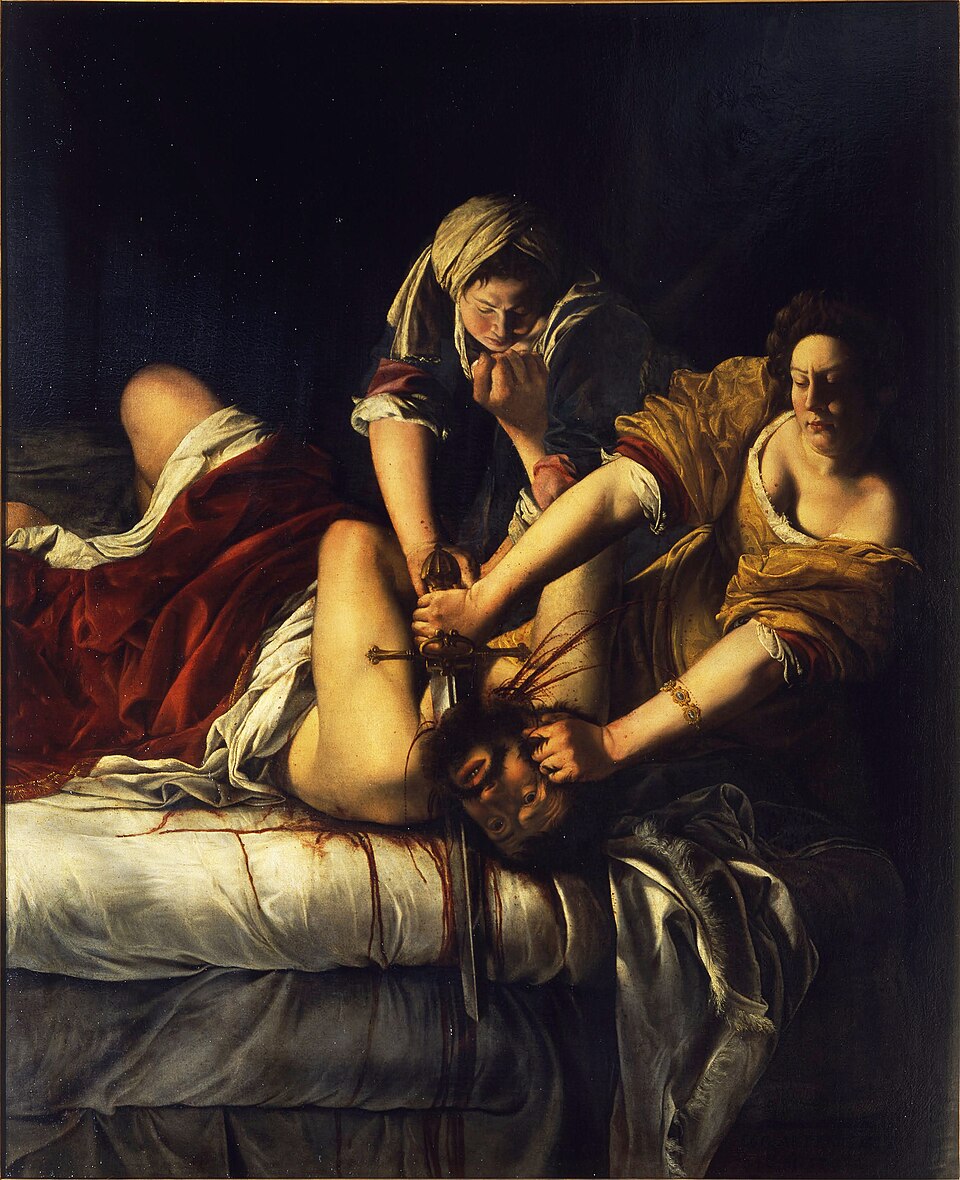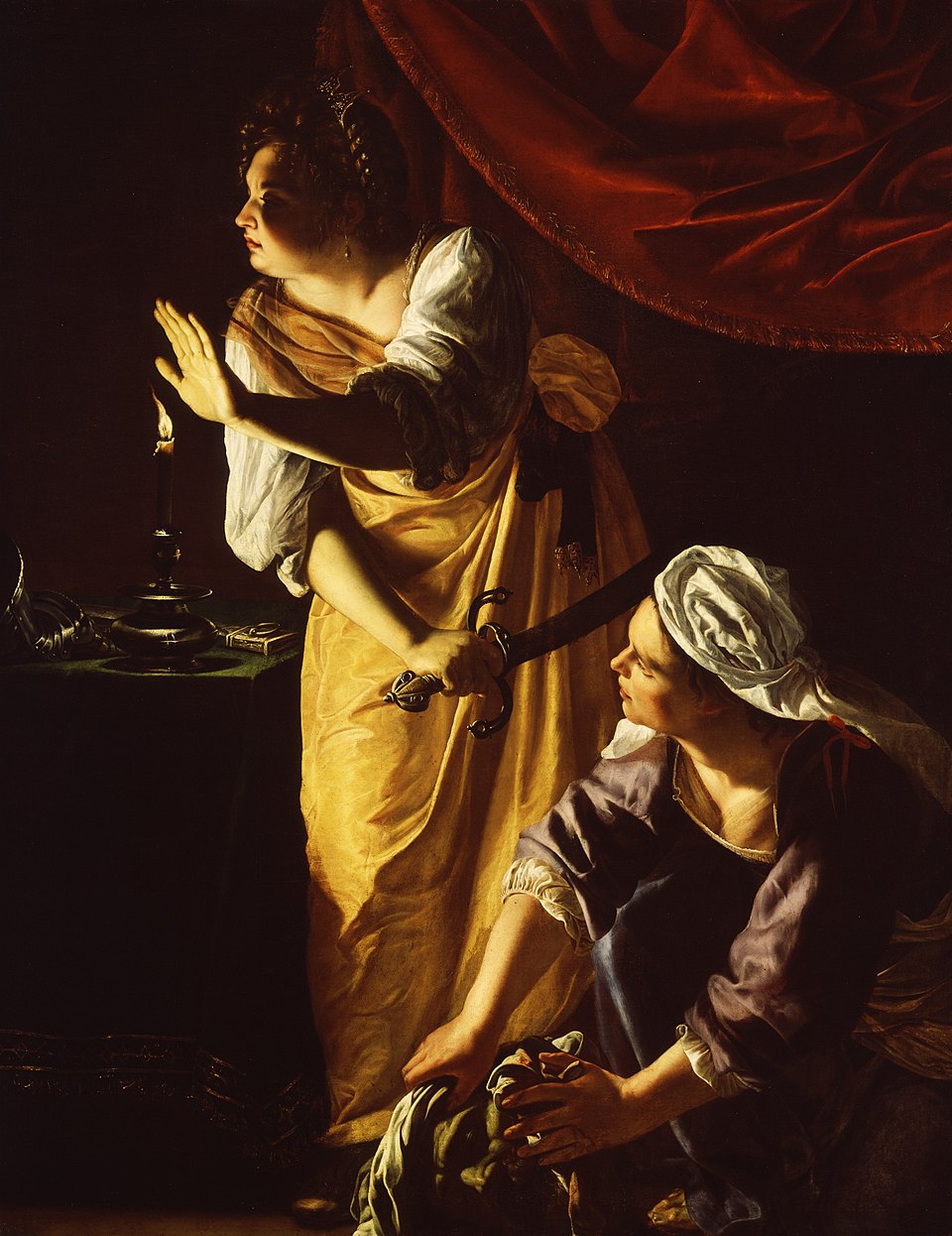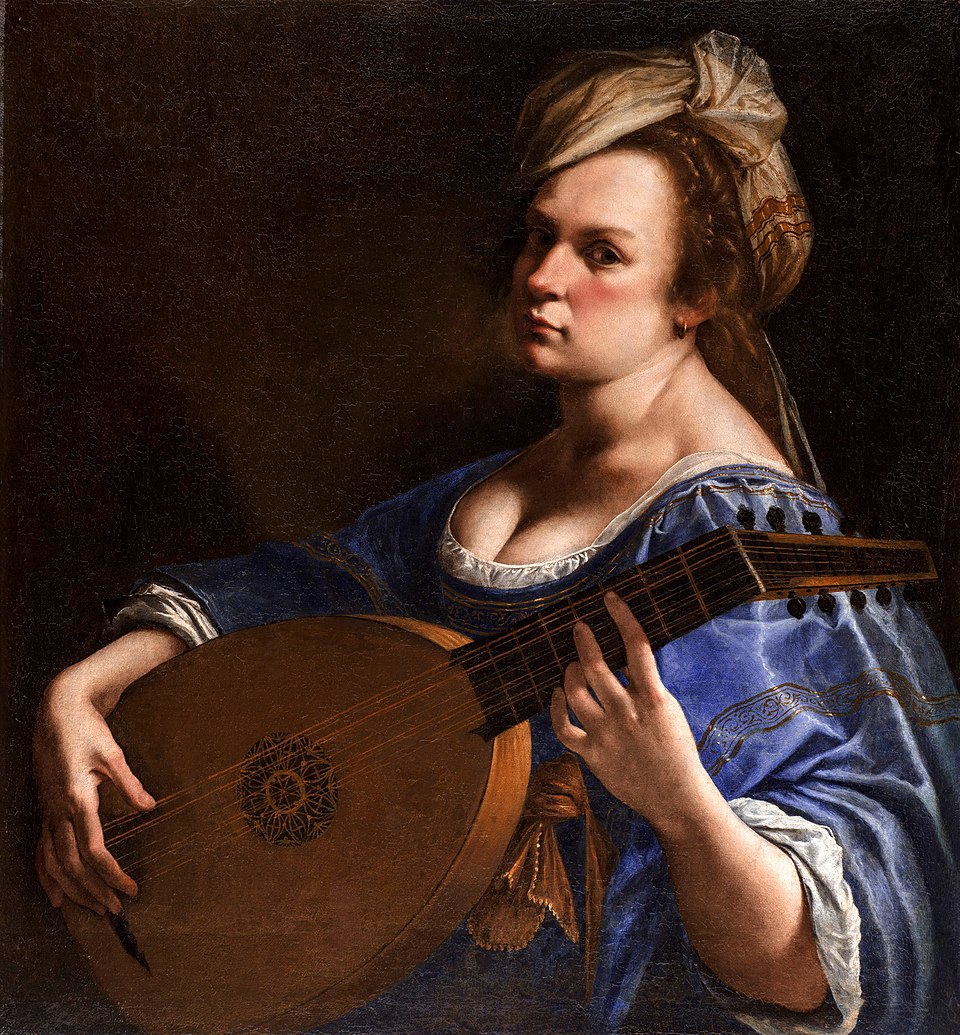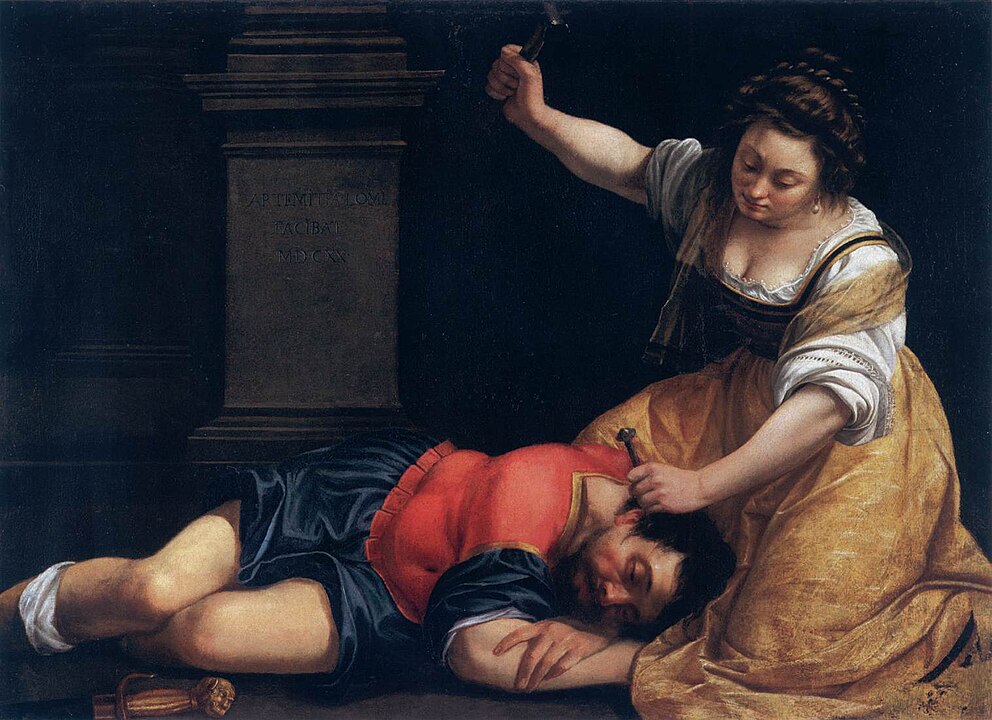June - Week 1
Written 07/06/2025, 08/06/2025
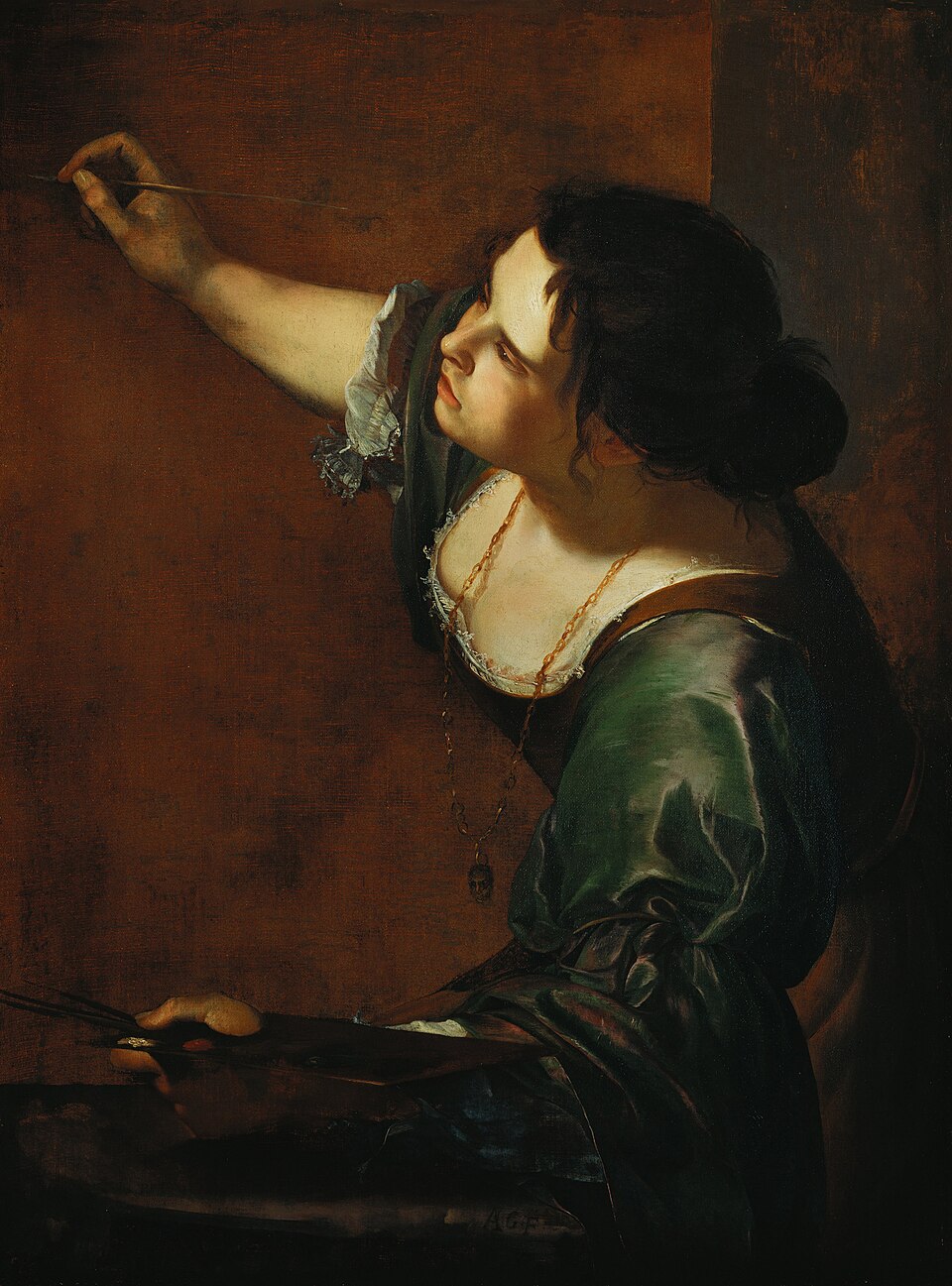
Self-Portrait as the Allegory of Painting, 1638–39
TRIGGER WARNING: Contains references to rape, continue at your own caution.
Who am I studying?
This month, I am exploring the Baroque period and studying Artemisia Gentileschi.
Short biography
She was born in late-Renaissance (early Baroque?) Rome in 1593. She was trained by her artist father Orazio Gentileschi (and was better than her brothers, which is pretty funny). Her career started at only 15 years old, and her earliest surviving piece (Susanna and the Elders) she did when she was only 17! (I'm 28 and I WISH I could ever be that good...)
Although she painted in the Baroque era (known for grandeur) her paintings tended to be more naturalistic and her depictions of women aren't idealised. I find in a lot of her paintings, you are almost 'in the moment' with her subjects (her scenes have action to them).
I hate to bring this up, since this is something that has overshadowed her for a long time (and is even the first thing I heard about her unfortunately). When she was 18 years old, she was raped by the scumbag Agostino Tassi and HAD TO FACE A SEVEN MONTH TRIAL. She was TORTURED... yes she, the VICTIM was tortured to give her testimony. He was convicted, and got a measly 2 year sentence... THAT WAS LATER ANNULLED AND HE GOT TO WALK FREE!!!! The whole thing makes me so angry and the reason I mention this part of her life (besides the fact that it happened) is that it did impact her art going forward.
A year after this event, she was married to an artist called Pierantonio Stiattes and moved to Florence. Despite being a) married, b) marred in 'controversy', and c) a woman she managed to establish herself as a court painter (and got some powerful patrons in the Medici family and later the grand-nephew of Michaelangelo).
She had 5 children but only one lived to adulthood, a daughter called Prudentia (who was also a painter but her work seems to be lost to history sadly)
She moved around a lot (Rome, then to Naples and even England!) eventually dying in Naples in 1656 after a very successful career.
It didn't take until the 20th century and feminist history for her to be TRULY appreciated posthumously though, but I am glad she is getting more of her dues nowadays!
Why I chose her
I have two main reasons to be honest.
The first being that I wanted more pre-19th century artists (unfortunately, it's not easy to find many female artists in that category - but they are definitely there if you go looking!).
The second (and more important) reason is that I like the... anger a lot of her work depicts (a righteous anger lets be clear) and I appreciate that the women aren't conventionally beautiful (even by the standards of her time) and look more 'real'. (Something I try to aspire to in my own work!)
Examples of her work
Self-Portrait as the Allegory of Painting, which I featured above as her 'photo' is an interesing painting as she is both the muse and the artist. Muses were historically usually women, so only a female artist could really depict this ditochomy. Here are some others:
